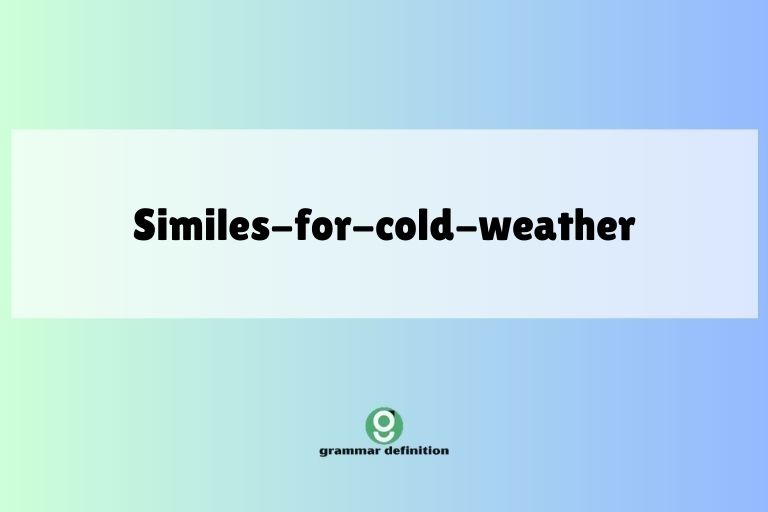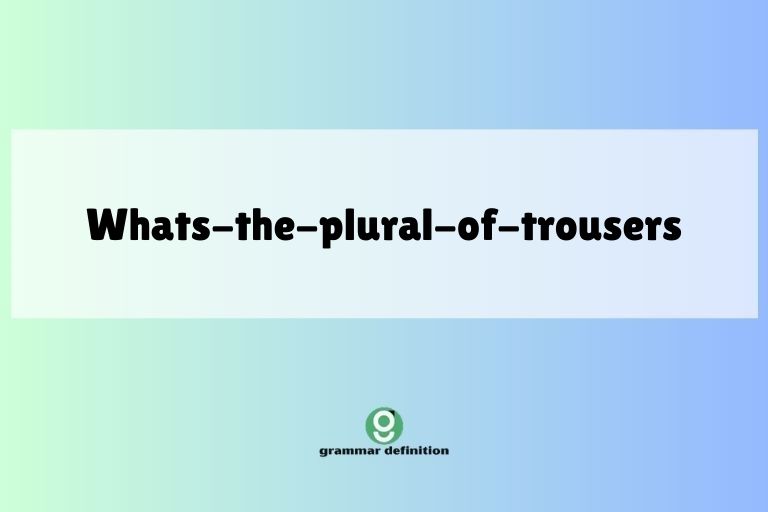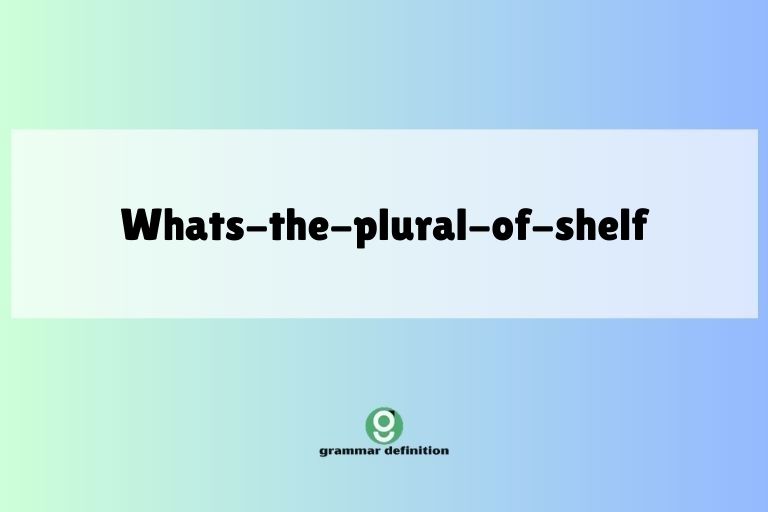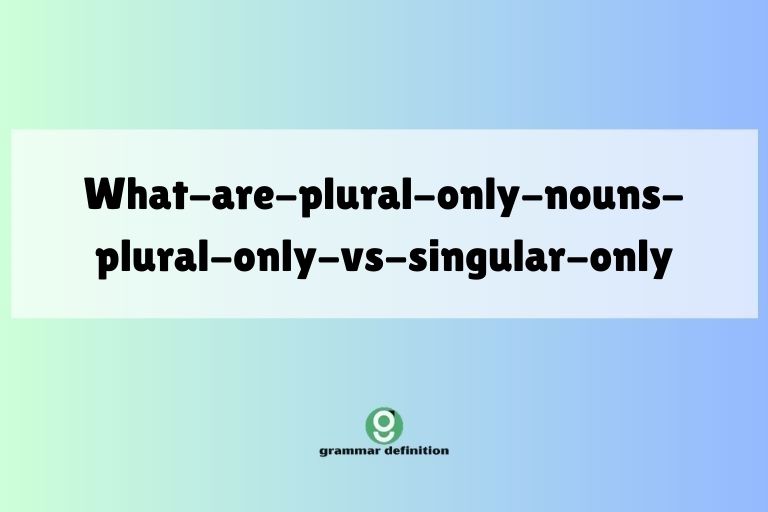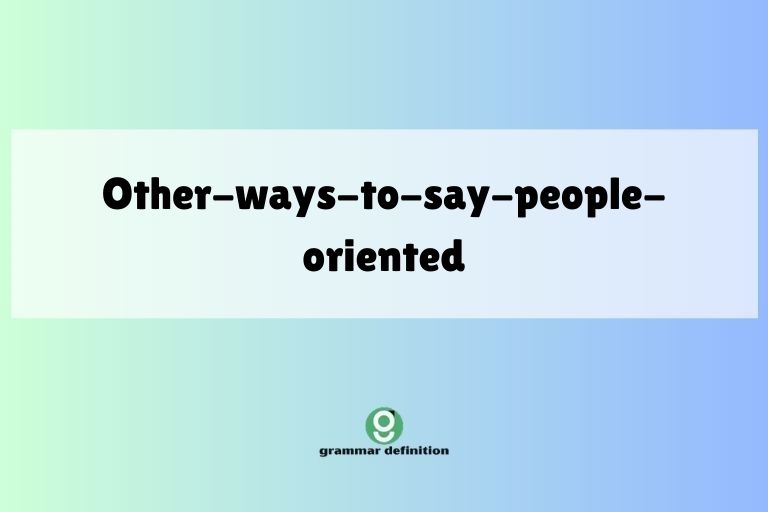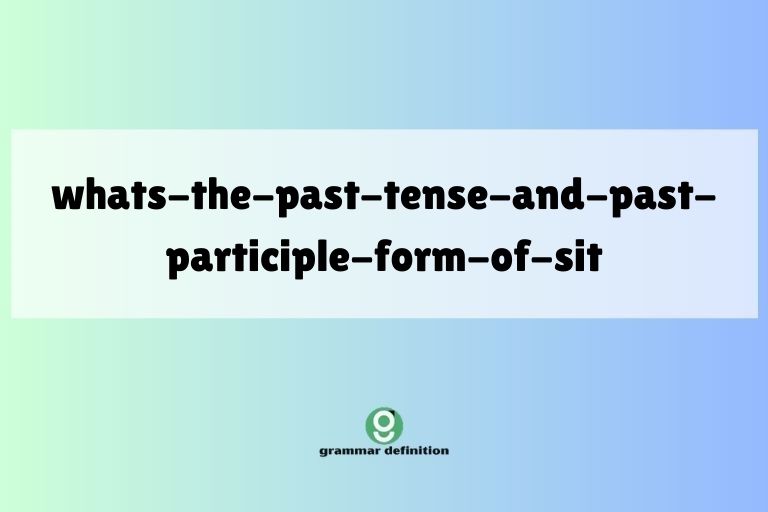Beyond “I Like”: Expanding Your English Vocabulary
Expressing preferences is a fundamental aspect of communication. While “I like” is a perfectly acceptable way to convey enjoyment, relying solely on this phrase can make your speech sound repetitive and limit your ability to express the nuances of your feelings. This article explores a rich array of alternative phrases and expressions that allow you … Read more



